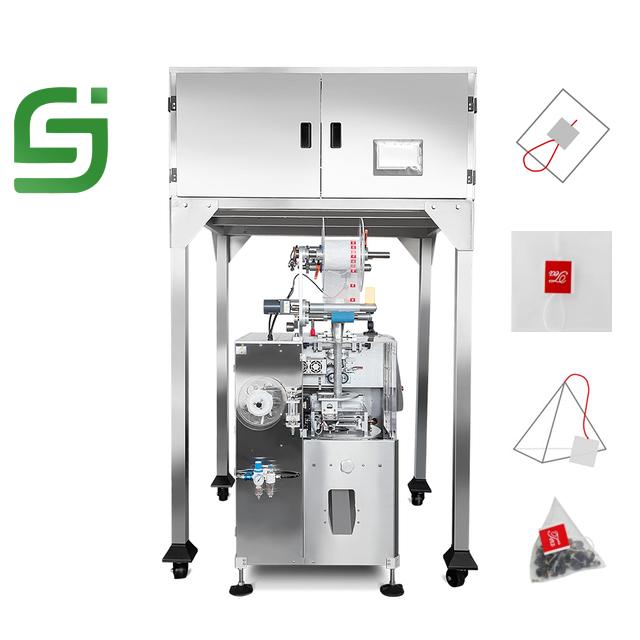Facing the challenge of Harmonised Notifications
When mixtures that are hazardous to health and/or are physically dangerous are being imported into the legal territory of the EU, there are a number of pitfalls to watch out for in terms of poison centre notification. We show you what these are and the options available under Annex VIII of the CLP Regulation. We also look at the new interchangeable components group (ICG) system and assess how it may be used in practice.
To import hazardous chemical mixtures from non-EU countries as a distributor or formulator, you need to know certain information about the formulation. If you do not know its full composition, you may have to find a workaround for the poison centre notification. Non-EU suppliers are prohibited from submitting data via their own account pursuant to Part B Section 3.2.2. (c) of Annex VIII CLP, because Article 3 No. 32 of REACH stipulates that “suppliers” must be based in the EU. Where a non-EU supplier is either unwilling or unable to disclose information about the composition, this poses substantial problems for the EU importer.
Annex VIII offers the following workaround in such cases: the EU importer can ask the non-EU supplier to make a voluntary submission through an EU-based consultant under a non-disclosure agreement (NDA). This approach does not cause any compositional information to be disclosed to the EU importer beyond that which is contained in the SDS. The information is merely needed by the consultant so that it can make the submission to the ECHA. The supplier subsequently provides the EU importer with the UFI for its submission, where upon the EU importer is then in a position to make its own mandatory submission.
Responsibility for the voluntary submission by the non-EU supplier and the mandatory submission in the EU rests with the EU importer. It is the contact for the EU authorities and the national appointed bodies in the Member States. Until both submissions (voluntary and mandatory) have been made in the relevant Member States, i.e. the target Member States for the product (distribution or new formulation), the mixture cannot be placed on the market. It may therefore be prudent to plan for a lead time. The situation is more complicated if the non-EU supplier does not have the full composition of the formulation, for instance where it acts as a formulator purchasing raw material mixtures or as a distributor with no exact knowledge of the composition. Here, the non-EU supplier either will have to first persuade its (raw material) suppliers to submit a harmonised product notification through an EU-based consultant or else will have to ascertain the full composition of the formulation.
Interchangeable Components Group (ICG)
Part B Section 3.5. of Annex VIII CLP allows for different components to be grouped in an interchangeable component group (ICG), provided that the interchangeable components have identical technical functions and an identical classification for health and physical hazards. They must also have the same toxicological properties, at least as regards the type of toxicological effect(s) (oral, dermal, inhalation) and the target organ(s). Furthermore, the health and physical hazard classification for the components in the ICG must remain the same, regardless of which ICG component is present. As for labelling, according to Part B Section 2.2, the same considerations apply in respect of the hazard pictogram codes, signal word codes, hazard statement codes, and precautionary statement codes.
No mention is made here of the “hazard-determining components”, i.e. those substances which, under Article 18 (3) CLP, form part of the product identifier and which are “primarily responsible for the major health hazards”. The corollary of this is that it would be useful to group non-hazardous components in an ICG, because they would otherwise have to be named in the PCN formulation at a concentration ≥ 1 %. Substitution would possibly trigger a notifiable change of composition under Annex VIII and thus a change of UFI. This is indicated in footnote 69 on page 109 of the Guidance on Product Notification (Version 4.0 (EN)), which states that the only time that the substitution of one component (substance or MiM) to be named in the PCN formulation by another does not trigger an update is when the composition and hazard profile are identical. What about the UFI? According to page 55 of the guidance, the substitution of a component which is not classified for health or physical effects and is present in concentration < 1 % by another of comparable classification would not trigger a new UFI.
In other words, if the PCN composition does not change, a new UFI does not have to be created. Where components are classified for physical and/or health effects, the ICG approach is useful if they are present in the mixture in a concentration < 0.1 % but, pursuant to Annex VIII, have to be named in the PCN composition because they are “identifiable.” With the exception of the special case of specific concentration limits, these components would not trigger an SDS update and so they would also not have the status of hazard-determining components. Using an ICG here would therefore obviate the need to manage several SDS variants. However, normally (i.e. no ICG), substitution of the component here would trigger a new UFI.
ICGs can thus reduce the need to re-create UFIs and to submit updates in the cases mentioned above. Where use of the ICG approach affects the “hazard-determining components”, however, the problem merely becomes more of an SDS issue.
